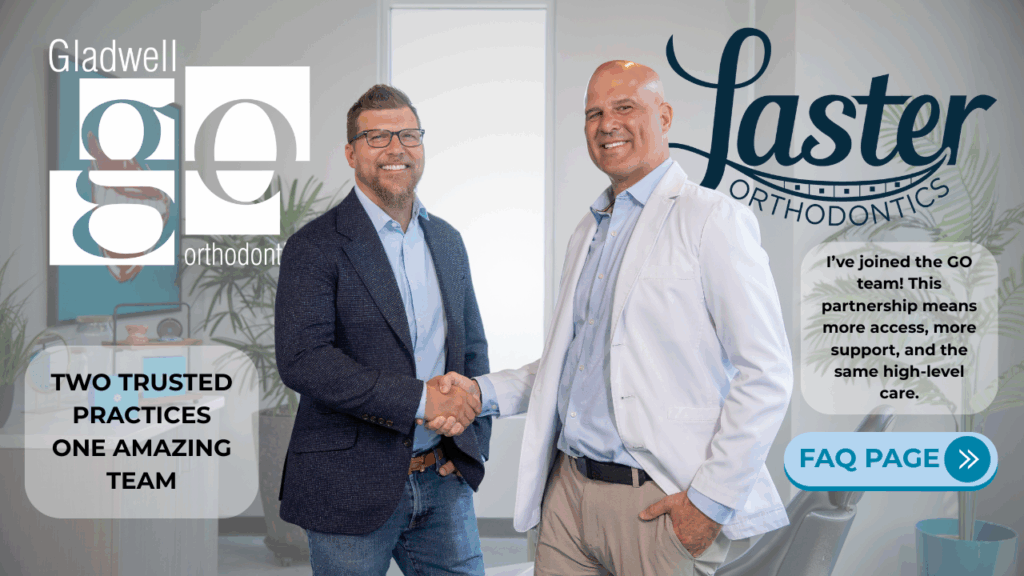The Basics of Braces
Your orthodontist has just informed you that you need braces. You’re told: braces are your ticket to straight, beautiful teeth. You’re excited to have a beautiful smile but suddenly realize you have a lot of questions. How do braces work? How long do braces take to work? How are braces put on, and how are they maintained?
These are all excellent questions. The more you know about braces, the easier your transition will be when you eventually have them put on. Your orthodontist will be happy to answer all the questions you might have about braces and this guide to braces can also help fill in the information you might be missing.
Laster Orthodontics provides braces for children and adults and a two-phase orthodontic treatment that offers pre-orthodontic care to patients who need it. All of our patients have questions about the basics of braces. Below are some of the most common questions people ask when they’re thinking about getting braces for themselves and their children.
How Do Braces Work?
Braces work by applying constant pressure to your teeth, allowing them to change their position slowly. The pressure from braces also changes the shape of your jaw gradually. Braces are readjusted periodically throughout their time in your mouth to exert pressure little by little.
Do Braces Change Your Face?
Braces can change your face because they change the shape of your jaw. The changes tend to be subtle and also positive – because the shape of your jaw in part controls the direction and straightness of your teeth. If you are a teenager when you get braces, you may not notice the changes in your face as much as an adult because you’re growing anyway. Braces also help correct alignment problems (like overbite, underbite) that can affect the appearance of your face even when your lips are closed. These changes are also positive – you will likely be delighted with the results.
How Does Someone Get Braces?
Typical braces consist of metal brackets that are glued to each tooth in the mouth, then an archwire and elastic O-rings are installed. When it’s time for an adjustment, the archwire is adjusted, and the elastic bands are switched.
Why Do I Need An Orthodontist To Get Braces?
An orthodontist is a specialist that is trained to correct problems like misaligned jaw, crooked teeth, overcrowding, overbite, underbite, excess space between the teeth, and so on. Dentists have a different area of specialty that really has more to do with the health of your teeth and the prevention of plaque and gum disease. It’s better to get orthodontic services from an orthodontist to ensure that the work will be done correctly.
What Are The Different Types Of Braces?
Classic braces are the metal braces, which are very common. They consist of metal braces, metal wires, and colored rubber bands. Other types of braces include:
- Lingual braces, which are placed behind the teeth
- Aligner trays, which can be taken off and put back on
- Clear braces, which are colored like teeth and are far less visible than metal braces
- Braces take between one and two hours to be installed, depending on the type of braces being installed and your individual teeth, the rate at which your orthodontist works, and more.
How Long Do Braces Take To Work?
Most people wear braces between one and three years, depending on the type of braces installed on their teeth and the length of treatment required.
Braces Details
So, you know some basics now, but there are a few details that are bothering you. It’s good to get the full story before installing braces on your teeth!
Do Braces Hurt?
Braces don’t hurt when they’re being put on, but they might hurt after they’re first installed and after adjustments. The discomfort you feel might go on for a few hours or a few days. For most people, taking ibuprofen can help. You can also talk to your orthodontist to find out what he or she recommends.
How Much Do Braces Cost?
The price of braces can span a very wide range, depending on the type of braces being installed and the condition of your teeth. Your insurance may pay for part of your braces, so if you or your child needs braces, find out from your insurance company how much you can expect to pay. In addition, your orthodontist may have a payment plan that can make the cost easier to manage.
What Is A Retainer?
A retainer is an alignment tray that you are given after your braces are removed to help keep your teeth in place. This is important because the removal of your braces could result in your teeth reverting something close to their old position. The retainer prevents this from happening.
How Do You Take Care Of Your Teeth With Braces?
Tooth care with braces can be tricky, because cleaning your teeth becomes a little more challenging, and braces can be easily damaged by some types of hard foods. Sticky foods can easily become caught in your braces, and cleaning them out can be very difficult indeed. When braces are installed on your teeth, your orthodontist will help you develop a care regimen for your braces.
You’ll need to brush your teeth and floss as directed by your orthodontist. This means flossing above and below the wire. Your orthodontist will show you how this is done.
What Should I Eat With Braces?
Some foods you should avoid when you’re wearing braces includes:
- Apples
- Caramels
- Nuts
- Tough meat
- Corn on the cob
- Hard candy
If you wish to eat foods like pizza, which can be hard on your braces, your orthodontist may recommend cutting your pizza up into small bites before chewing.
Are There Other Tips For Surviving Braces?
There are lots of things you can do to make your time with braces easier. Use dental wax to prevent mouth sores. You can also rinse your mouth with saltwater to minimize the effects of the sores – but don’t swallow the water! Spit it out when you’re done. For more about how to survive with braces, take a look at our dedicated page for tips.
Why Choose Laster Orthodontics
As the best orthodontist in The Triangle (according to WRAL voters), Laster Orthodontics can help you transform your smile. If you believe that you might need braces, contact Dr. Laster. We’ll be happy to give you an evaluation and make recommendations to ensure that your teeth are as beautiful as you’ve always wanted.
At Laster Orthodontics, we help families develop healthy, life-changing smiles using customized treatments, cutting-edge technologies, and caring relationships. Our individualized treatment plans help our patients achieve their perfect smile in the quickest, most painless way possible by utilizing a wide range of options from traditional braces to propel accelerated treatment to Dr. Laster’s in-house aligner program, Laster Perfect Smile. With three locations throughout the Triangle Area, we create life-changing smiles every day.

